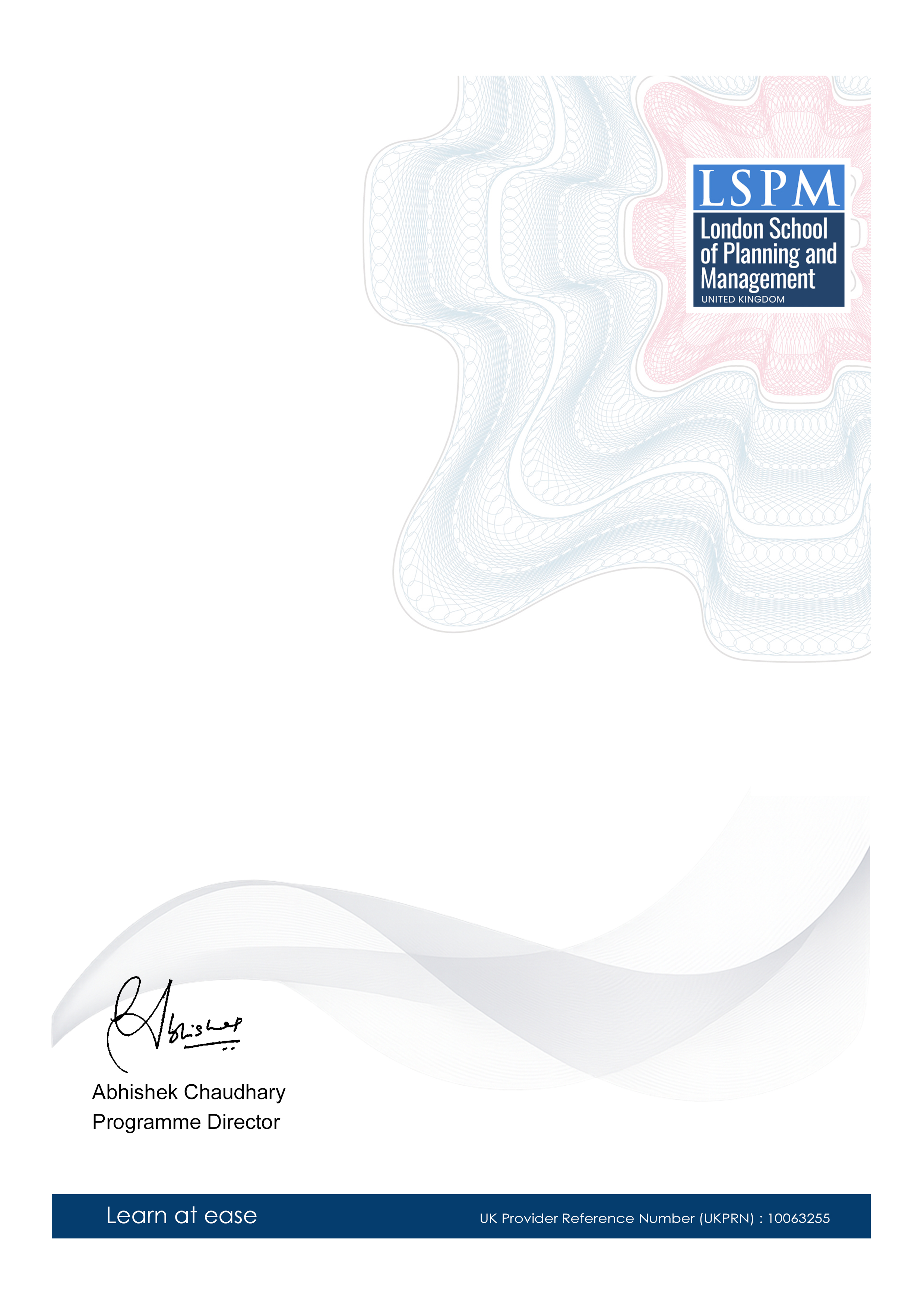Virtual Reality for Dynamic Therapy in Autism
-- viewing nowThe Virtual Reality for Dynamic Therapy in Autism certificate course is a comprehensive program designed to equip learners with essential skills in utilizing virtual reality (VR) technology for autism therapy. This course emphasizes the growing industry demand for professionals who can integrate VR technology into therapeutic interventions, making it an invaluable asset for career advancement.
6,487+
Students enrolled
GBP £ 149
GBP £ 215
Save 44% with our special offer
About this course
100% online
Learn from anywhere
Shareable certificate
Add to your LinkedIn profile
2 months to complete
at 2-3 hours a week
Start anytime
No waiting period
Course details
• Introduction to Virtual Reality (VR) in Autism Therapy
• Understanding Autism and Dynamic Therapy
• VR Technology and Equipment for Dynamic Therapy
• Designing Effective VR Experiences for Autistic Individuals
• Implementing VR for Dynamic Therapy: Best Practices
• Evaluating the Effectiveness of VR in Dynamic Therapy
• Ethical Considerations in VR for Dynamic Therapy in Autism
• Case Studies: Successful VR Dynamic Therapy in Autism
• Future Trends and Developments in VR for Autism Therapy
Career path
Entry requirements
- Basic understanding of the subject matter
- Proficiency in English language
- Computer and internet access
- Basic computer skills
- Dedication to complete the course
No prior formal qualifications required. Course designed for accessibility.
Course status
This course provides practical knowledge and skills for professional development. It is:
- Not accredited by a recognized body
- Not regulated by an authorized institution
- Complementary to formal qualifications
You'll receive a certificate of completion upon successfully finishing the course.
Why people choose us for their career
Loading reviews...
Frequently Asked Questions
Course fee
- 3-4 hours per week
- Early certificate delivery
- Open enrollment - start anytime
- 2-3 hours per week
- Regular certificate delivery
- Open enrollment - start anytime
- Full course access
- Digital certificate
- Course materials
Get course information
Earn a career certificate

